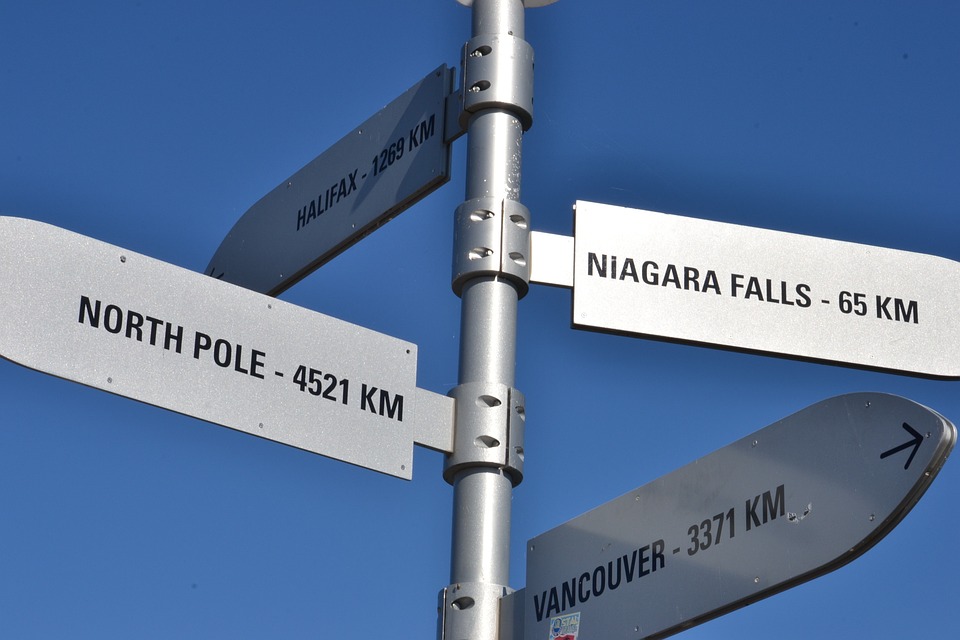Title: Navigating Uncharted Waters: Fascinating Facts About Christopher Columbus
Introduction:
Christopher Columbus, a name synonymous with exploration and adventure, embarked on a momentous journey in the late 15th century, becoming one of history’s most iconic navigators. The Italian explorer’s ambitious voyage across the Atlantic Ocean in search of a new route to the fabled East Indies led to the “discovery” of the Americas. This monumental event forever altered the course of human history. In this article, we delve into some fascinating aspects of Christopher Columbus’s life and voyages.
1. Early Life and Background
Born in 1451 in Genoa, Italy, the son of a weaver, Columbus’s humble origins would seem to contradict his future fame as a seasoned explorer. Harboring a deep fascination for sea voyages, young Columbus first journeyed to the Aegean Sea, marking the beginning of his maritime adventures.
2. A Sought-after Navigator
Despite his lack of formal education, Columbus possessed exceptional navigational skills and a profound understanding of the world’s geography. His time as a mariner and a merchant not only honed his seafaring abilities but also enabled him to engage in studies about the natural world, most notably garnering knowledge about geography, astronomy, and navigation. Through his experiences and multilingual prowess, Columbus forged connections with maritime leaders across Europe.
3. Convincing the Monarchs
Columbus petitioned the ruling nations of Portugal and Spain, presenting a well-crafted proposal that he could reach Asia by sailing westward. Though skeptics abounded, Queen Isabella and King Ferdinand of Spain eventually embraced Columbus’s theory, both for its potential wealth and as a means to challenge Portugal’s monopoly on the trade with Africa and Asia.
4. The Voyage of Discovery
On August 3, 1492, Columbus set sail from the Spanish port of Palos de la Frontera with three ships: the Niña, the Pinta, and the Santa Maria. The small fleet braved treacherous waters for over two months before spying land on October 12, 1492, on an island in the Bahamas, which Columbus mistook for Japan. The subsequent encounters with locals changed Europe’s understanding of world geography, as Columbus genuinely believed the territories he encountered were part of the East Indies.
5. Navigational Innovations
Columbus’s voyages had a lasting impact on navigation techniques that allowed subsequent explorers to confidently measure latitude and automaticively adjust for longitudinal differences. He introduced the concept of using a log and line system and developed tools like the “Columbus quadrant” to help scrutinize celestial bodies’ positions, ultimately enhancing the accuracy of navigational data.
6. Controversial Legacy
Columbus’s lasting legacy can be a controversial topic. While his expeditions ushered in a new era of exploration, giving birth to the transatlantic slave trade and contributing to Europe’s colonization of the Americas, it’s impossible to overlook the suffering of the indigenous peoples during this tumultuous period. The advent of European diseases, forced labor, and cultural displacement devastated native American societies.
Conclusion:
To this day, Christopher Columbus remains a figure of historical intrigue. The tales of his daring voyages have captivated audiences from around the world, leaving indelible footprints in the progress of human exploration. Through legendary tales and historical documents, the pioneering explorer embodies both the triumphs and the tragedies of an age of discovery that transformed the world.
FAQ Section:
1. How many voyages did Columbus complete during his lifetime?
Answer: Columbus completed four voyages across the Atlantic Ocean between 1492 and 1504.
2. How many people were on board Columbus’s ships for his first voyage?
Answer: Columbus’s ships carried around 90 people across three ships, which constituted two crews.
3. Where did Columbus belong from geographically?
Answer: Born in Genoa, Italy, Columbus was a Genoese navigator and explorer.
4. Did Columbus reach his goal of finding a new route to the East Indies?
Answer: No, Columbus never reached Asia, but his ‘discovery’ heralded the era of extensive European exploration and colonization of the Americas.
5. What were Columbus’s contributions to navigation?
Answer: Columbus introduced innovative techniques in naval navigation, including the use of a log and line system and the development of the “Columbus quadrant” to measure the distance between stars and the horizon.
Image by David Wright from Stocksy
https://use.alpha.stock.ado/500×500.jpg



